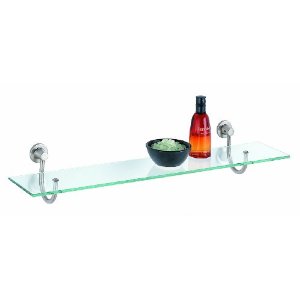-
Posts
23 -
Joined
-
Last visited


edwjmcgrath replied to joekelly's topic in Rules of Golf

edwjmcgrath replied to late347's topic in Rules of Golf
Welcome to TST! Signing up is free, and you'll see fewer ads and can talk with fellow golf enthusiasts! By using TST, you agree to our Terms of Use, our Privacy Policy, and our Guidelines.

